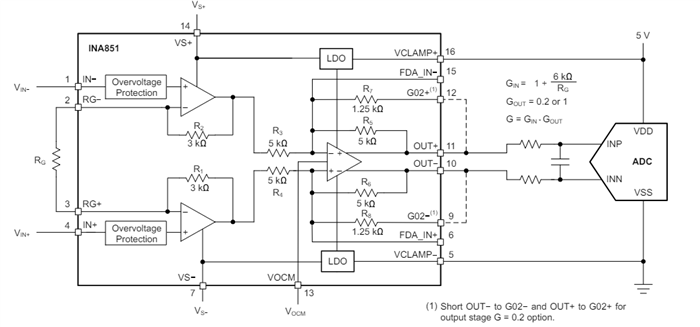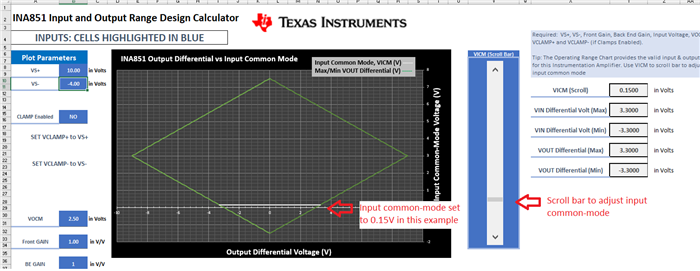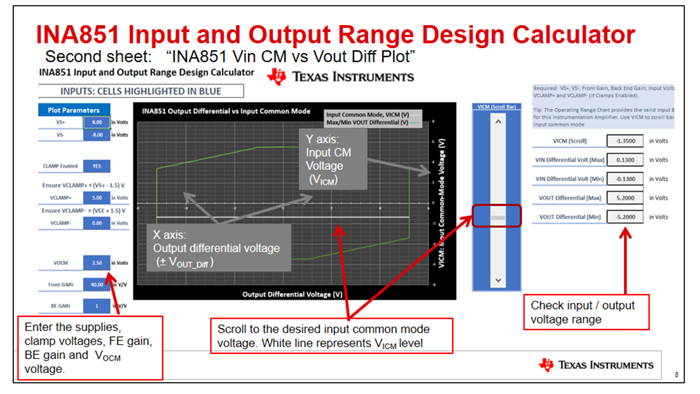I would like to power an INA851 with +10V, -5V, and drive the input with a common voltage of 0V. So the input common mode will not be the midpoint of the supplies. The output common mode is 2.5V. Can I expect more quiescent current draw than the stated maximum of 9mA with this configuration? Is there any other downside of asymmetric supplies?
Thanks,
Lucy





